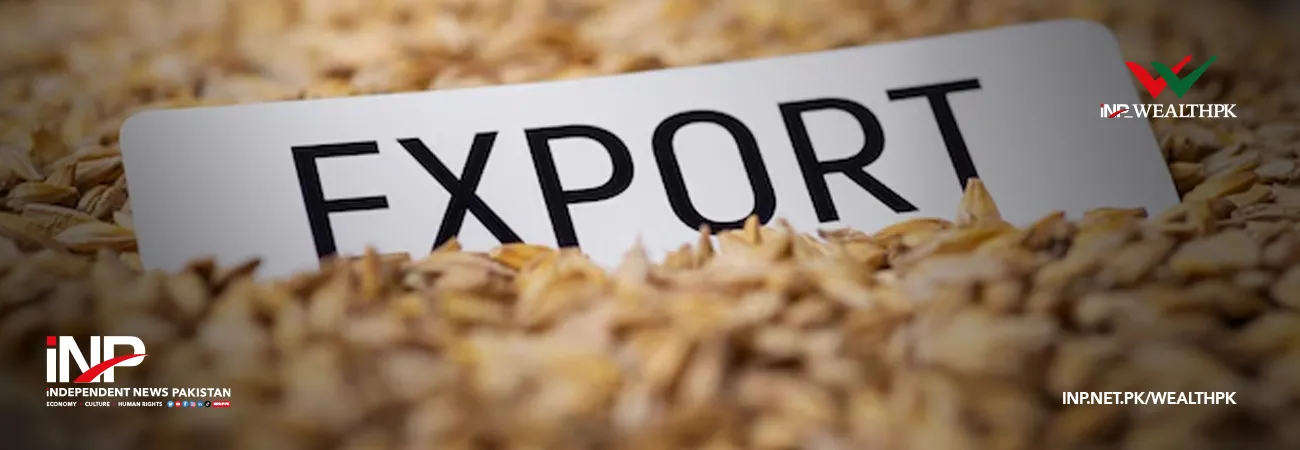INP-WealthPk
By Muhammad Soban ISLAMABAD, October 28 (INP-WealthPK): The current account deficit (CAD) has been troubling many major economies of the world, including the US and the UK, for years, but in Pakistan’s case, it has become a permanent feature, increasing its dependence on the International Financial Institutions (IFIs). According to the statistics released by the State Bank of Pakistan, the current account deficit widened to USD3.4 billion in the first quarter of the Fiscal Year 2021-22 compared with the previous fiscal year (2020-21) when it was in surplus of USD835 million. The question arises if an economy faces a current account deficit for a long time. If the current account is in deficit, then the financial account, which includes the long-term investment as well as short-term financial flows, must be in surplus to balance the balance of payment. Pakistan is a low-middle-income country with its economy heavily dependent on exports and remittances to pay the bill of imports. However, despite receiving record remittances and a rise in exports, it is unable to reduce the current account deficit. The country’s current and financial accounts are both in deficit. The following are the reasons for the current account deficit. Exchange rate overvaluation When a country’s currency is overvalued and its economy faces a persistent current account deficit, the foreign currency reserves get under more pressure. According to a research study by Dr. Abdul Jalil, Professor of Economics at the Pakistan Institute of Development Economics, Islamabad, just to maintain the dollar value, Pakistan has lost more than USD100 billion reserves in the last 30 years (Jan 1991 through Jan 2020), but it could only manage 30 to 40 rupees value of rupee. Currently, the Pakistani rupee is continuously depreciating (more than 14%) from May 2021 and foreign investors are reluctant to invest in the country. Foreign debt payments Persistent current account deficit and fiscal deficit force Pakistan to approach IMF for financial injections. The country’s external debt reached more than USD122 billion in July 2021. So, it has become a permanent compulsion for Pakistan to take more foreign loans to repay the previous loans and service the debt. Low volume of exports Pakistan's exports of goods and services increased by 15% in the first quarter of 2021 compared to the previous year. But along with an increase in exports, imports also increased by 25% in the first quarter of 2021 compared to the previous fiscal year. This gap led to the current account deficit. Global rise in commodity prices One reason for the increase in import bill is a surge in oil prices after the Covid-19 pandemic. Internationally, oil prices crossed USD80 per barrel in October, which is the highest of the last five years. This global hike in oil prices puts pressure on the current account as import payments rise. Uncompetitive exports Internationally, Pakistan has to compete with the world in exports. Though the country has a comparative advantage in many goods, it is of no use as long as the productivity is low. Still, Pakistan's share in world trade is less than one percent, and there are many reasons for this low share. Export competitiveness is one reason. Internationally, Pakistani export goods are unable to compete, as their quality is low and the cost of production is high, making them less competitive in the world market. Slowdown in inflows To cover the current account deficit, the financial account must be in surplus. The financial account includes long-term investment – both foreign direct investment and portfolio investment – from abroad. But in recent years, foreign direct investment has shown a negative trend. It is due to many reasons, but Covid-19 is one of the major factors that has reduced inflows. Low economic growth Covid-19 has impacted the global economies and Pakistan's economy is no exception. This is one of the reasons leading to the current account deficit. The current account deficit could only be reduced by increasing exports and reducing imports. The government needs to introduce growth-led policies, as the country has great growth potential. According to the World Bank, Pakistan has an export potential of USD88.1 billion. Furthermore, according to the World Bank Development Report, 152,000 jobs in the agriculture sector and another 741,000 jobs in the export manufacturing sector could be created if the country’s economy grows to a potential level. A lot of work needs to be done to make our exports competitive. The multibillion-dollar China Pakistan Economic Corridor (CPEC) has provided an opportunity to Pakistan for industrialization through the Special Economic Zones (SEZs) to increase its exports.













